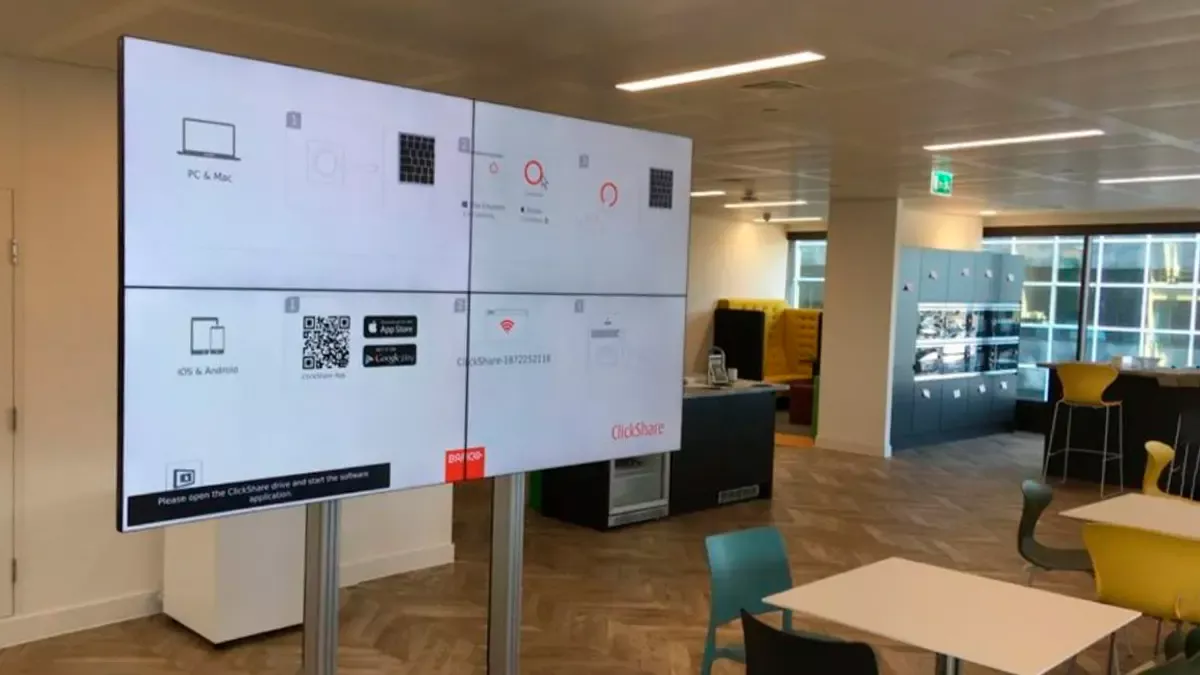Video walls are modular constructions composed of various panels, screens, and video cubes, creating a large unified screen. This article explains where and how video walls are used, their types, and what to consider when choosing them.
Application Areas
The main purpose of video walls is to broadcast large-scale high-detail and bright images or videos. They are used in the following areas:
- Conference rooms and meeting rooms
- Lobbies of shopping centers
- Control centers
- Industrial enterprises
- Museum halls
- Schools, colleges, and universities
- TV channels
Types
Video walls vary by the type of modules:
- LED panels: High brightness, resistant to any weather conditions.
- Video cubes: High brightness and contrast, ideal for large structures.
- LCD panels: Suitable for indoor use, energy-efficient.
- Plasma panels: High contrast and brightness, ideal for dynamic scenes.
Selection Tips
- Consider the dimensions and placement requirements.
- Choose modules according to the purpose of use (LED, LCD, or plasma).
- Select strong, reliable mounting mechanisms.
- Determine the total screen size and number of modules (4-8, 9-16, or more).
- Pay attention to seam thickness (seamless models are of higher quality).
- The design of the modules should not have sharp corners.
- Leave enough space for ventilation.
Calibration and Management
Calibrating the video wall is an important step. It is essential to place the panels tightly and on the same level and adjust the color balance. Special equipment is used for calibration, and sometimes it is performed by specialists. The control system ensures the synchronization of videos and the display of information from various sources on one screen.
Conclusion
Video walls are innovative devices that provide high-quality image and video broadcasting and are widely used in various fields. When choosing, it is important to consider your purpose and usage conditions.






